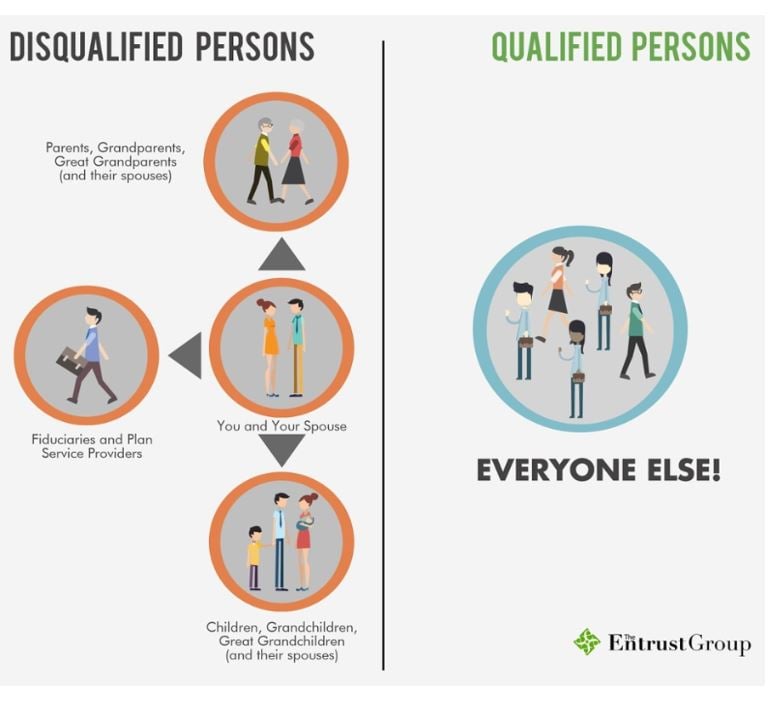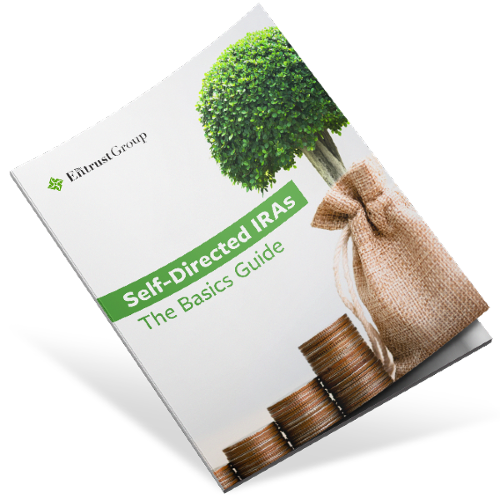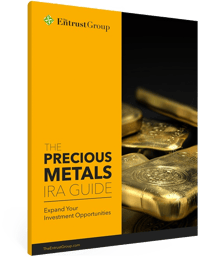 STOP!
STOP!
A Few Rules to be Aware of Before Investing
There are only three types of investments that are not permitted within a self-directed IRA: insurance, collectables (with some exceptions for coins and metals), and S corporations. Anything else is available to you through these retirement accounts, but certain IRS regulations apply. Failure to follow IRS rules can lead to prohibited transactions.
What is a Prohibited Transaction?
According to the IRS, a prohibited transaction is any improper use of your self-directed IRA account or annuity by you, your beneficiary, or any disqualified person. Many prohibited transactions stem from the involvement of a disqualified person.
The following people are considered disqualified persons for the purposes of your self-directed IRA. Click image to enlarge or download.

- You, the account owner
- A beneficiary of the IRA
- Your spouse
- Your lineal ascendants/descendants and their spouses
- Plan service providers and fiduciaries (including advisors, custodians, and administrators)
- An entity (corporation, estate, partnership, etc.) in which you own at least 50% of the voting stock, directly or indirectly.
- An officer, director or a 10% or more shareholder or partner.
Learn more about prohibited transactions and disqualified persons here.
Your Options are Unlimited with The Entrust Group
Why let your investment choices be limited by custodians who invest only in what they are comfortable with? Why not work with an administrator like The Entrust Group, an administrator that allows you to make the decisions with investments you know and trust?
A very important takeaway: be sure to do your due diligence before making any investment. Download our Due Diligence Guide to understand what it is, why it matters and how to do it well.








